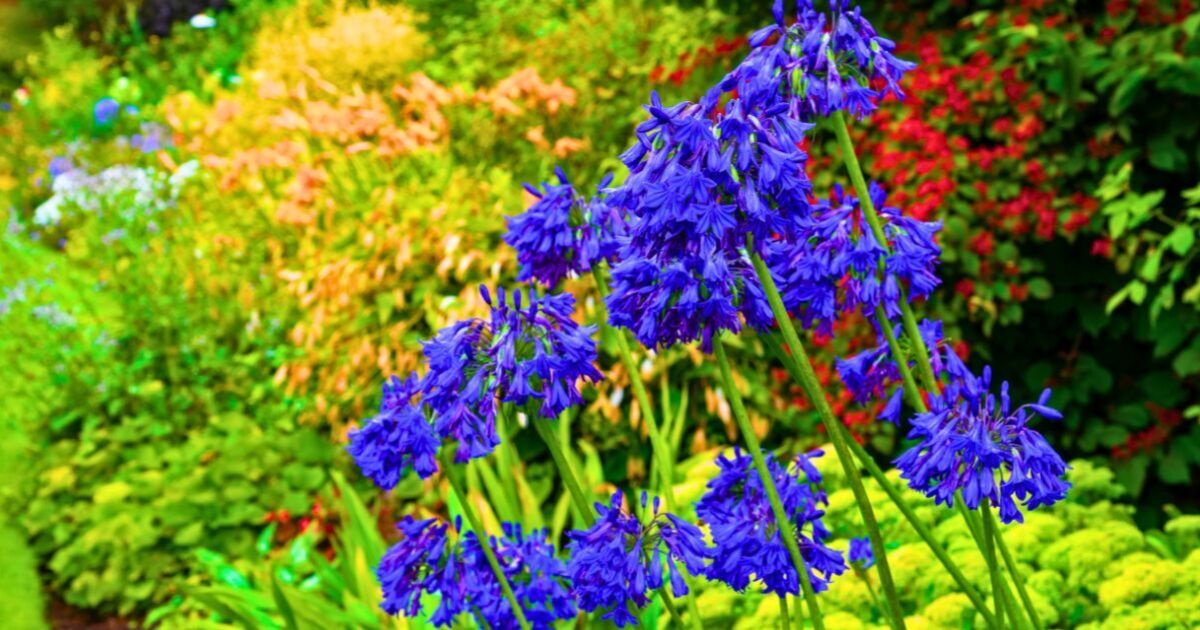Gardens are beginning to wind down now that we are in late summer, but there are still a few things that need to be done to ensure they stay healthy and thriving in the hot weather. August is when many plants begin to fade and begin seeding, and this new foliage can easily become overgrown if it is not cut back sometime this month.
Carol Bartlett, also known as The Sunday Gardener has shared pruning needs to be done now to prepare the garden for autumn, but also to help certain flowers bloom for longer. She said: “Deadheading flowers are essential to prolong flowering well into September as the later flowers come to their peak.”
It is incredibly important to give roses a light prune in August as they are very vulnerable to a disease called black spot, which is a fungal infection which greatly weaken the plant.
Black spot is very common at this time of year due to the hot days but humid evenings, as this disease needs lots of warmth and moisture to spread.
It is even more likely to occur if rose bushes are tangled and crowded, as this builds up moisture, so they need to be cut back now to keep these beautiful flowers healthy.
Carol said: “Black spot will make the leaves turn yellow and spots appear, some leaves will fall to the ground. This is the ideal time to clear up the diseased leaves and destroy (not in the compost bin) and spray.”
Hedges often look very bushy in late summer, and it is important to cut them back now so you do not have to deal with a tangled mess in the colder months.
Birds commonly nest in hedges during the summer months, and it is illegal to disturb or harm them. By August, nesting activity has usually decreased, making it a safer time to prune but always check carefully for active nests before starting any work.
Carol said: “Under the Wildlife & Countryside Act 1981, it is an offence to intentionally damage, destroy or take the nest of any wild bird while it is in use or being built or to intentionally destroy an egg of any wild bird.
“This restricts the pruning of hedges during the bird breeding season, but by August it is generally considered that the birds have finished nesting and it is possible to prune hedges.”
Lavender tends to be a very easy plant to maintain, but it can easily become leggy and woody now in August as its flowers are just beginning to wither and wilt.
Pruning lavender now will give it a better shape and also encourage the plant to focus on growing stronger roots to prepare for winter rather than focusing in dying blooms.
Healthier roots means the plant will be able to store more water and nutrients over winter, which means you are more likely to get more colourful and fragrant flowers next year.
Carol said: “You can just cut off the spent stems and flowers. However, by pruning the shrub back, taking off up yo 10cms, you will improve the shape of the plant and let air/light into the centre, encouraging more new growth in the spring.”

